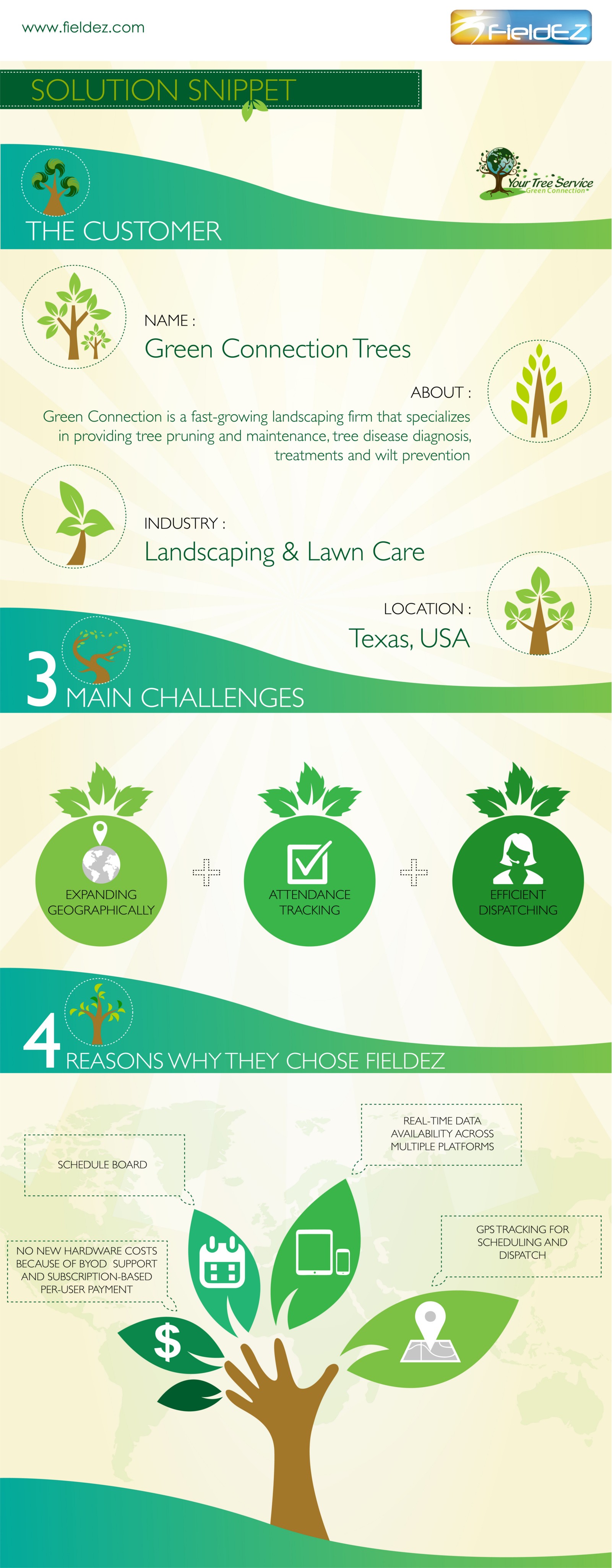Signs Suggesting The Need For Tree Removal: Identifying Risky Trees
Signs Suggesting The Need For Tree Removal: Identifying Risky Trees
Blog Article
Written By-Lillelund Skovsgaard
When it concerns tree treatment, identifying the indicators that it's time for elimination is necessary for your security and home. You might discover stained fallen leaves, wilting branches, or odd fungal growths suggesting illness. Architectural issues, like a substantial lean or splits in the trunk, can likewise position threats. Understanding these warning signs can aid you make informed choices about your trees and protect against potential dangers lurking in your lawn. What should you search for following?
Indications of Decay and Disease
When you see indicators of decay and illness in your trees, it's vital to act swiftly. Seek tarnished fallen leaves, wilting branches, or uncommon developments like fungus. These can suggest that your tree is battling.
If you see splits in the bark or soft, mushy wood, these symptoms suggest internal decay. Additionally, Removing Tree Roots Without Killing The Tree in pests around your tree can indicate that it's deteriorated and at risk.
Look for any dead or dying arm or legs, as they position a risk to your residential or commercial property and safety. If you doubt about what you see, speaking with an arborist can offer quality.
Attending to these indicators early can conserve you from much more substantial damage and make sure the health of your yard. Do not wait till it's far too late.
Structural Instability and Leaning
As you observe your trees, keep an eye out for any type of signs of structural instability or leaning. If a tree leans dramatically, it may suggest that the origin system is endangered.
Try to find any fractures in the trunk or soil around the base; these can signal possible failing. In addition, look for unusual growth patterns, like a lopsided crown, which might suggest that the tree is having a hard time to hold itself upright.
If you notice that the tree favors your home, high-voltage line, or other frameworks, it poses a greater threat. Don't overlook these signs-- seek advice from an arborist to analyze the scenario.
Acting early can prevent pricey damage and guarantee your safety.
Dead or Perishing Branches and Vegetation
If you notice dead or dying branches and vegetation on your tree, it's a clear indicator that something's wrong.
These unhealthy areas can indicate underlying issues like illness, insect problems, or ecological stress. When branches lose their fallen leaves or transform brownish, they're no longer adding to the tree's health. Overlooking these indicators might result in additional decline, making your tree extra harmful.
Dead branches can conveniently break off throughout tornados, posing a threat to home and people close by. It's vital to assess the extent of the damages.
If the trouble impacts a substantial part of the tree, think about seeking advice from a specialist. They can aid figure out if elimination is necessary to ensure safety and security and preserve the beauty of your landscape.
Verdict
If you see any signs of decay, structural instability, or dead branches on your trees, don't overlook them. These indications can pose serious security threats to you and your building. It's always best to seek advice from a professional arborist that can give a professional analysis of your trees. Taking action early can avoid crashes and costly damages, guaranteeing your landscape remains safe and healthy and balanced. Keep in Stump Grinding Rates , it's better to be proactive regarding tree care than to wait on a calamity to occur.
